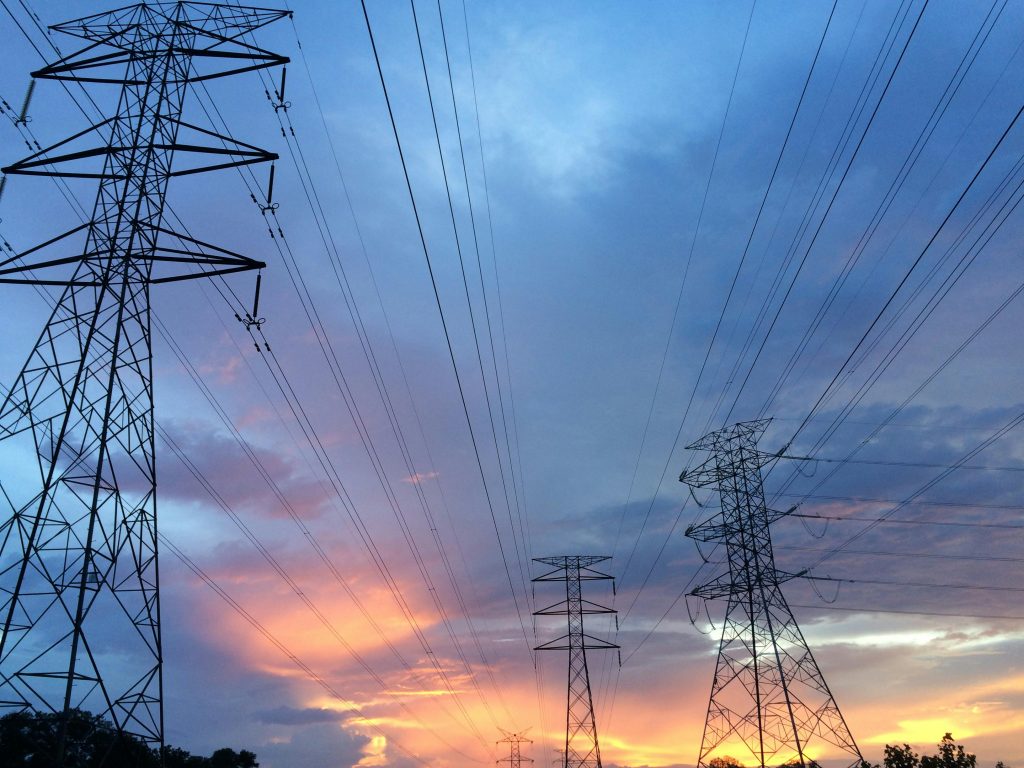The UK government has set an ambitious goal to decarbonise the electricity grid by 2030. This commitment is a crucial step toward achieving net-zero emissions and tackling climate change. But what does this mean in practice, how will Infrared heaters like NexGen’s play a part, and how will the government ensure that the power grid is free from fossil fuels?
Why Decarbonise the Electricity Grid?
Electricity generation is one of the largest contributors to carbon emissions. Traditionally, the UK has relied heavily on fossil fuels such as coal and natural gas to produce power, resulting in high carbon output. Decarbonising the grid means transitioning to low-carbon and renewable energy sources like wind, solar, and nuclear power. On 1st October 2024 the UK saw the last coal power station turn off https://www.bbc.co.uk/news/articles/c5y35qz73n8o. The shift away from fossil fuels are essential for:
- Reducing greenhouse gas emissions.
- Enhancing energy security.
- Supporting the electrification of transport and heating.
- Creating green jobs and boosting the economy.
Key Strategies for a Green Grid
To meet the 2030 target, the UK government has outlined several strategies to decarbonise electricity production:
- Expanding Renewable Energy
The UK has already made significant progress in wind and solar power generation. Offshore wind, in particular, is set to play a pivotal role, with plans to increase capacity to 50GW by 2030. Solar power is also expected to expand rapidly, with policies in place to encourage deployment on homes, businesses, and land. “On 15 May 2023 the UK produced its trillionth kilowatt hour (kWh) of electricity generated from renewable sources – enough to power UK homes for 12 years based on average consumption.” https://www.nationalgrid.com/stories/energy-explained/how-much-uks-energy-renewable. Whilst this took 50 years to reach this milestone, it is estimated that the next trillionth of a kilowatt will be produced in just 5 years.
- Scaling Up Nuclear Power
Nuclear energy provides a stable, low-carbon power source. The government has announced new investments in nuclear reactors, including small modular reactors (SMRs), to complement intermittent renewable energy sources.
- Energy Storage and Grid Flexibility
A decarbonised grid requires better energy storage solutions to balance supply and demand. Investment in battery storage, hydrogen storage, and pumped hydro technology will ensure a reliable and resilient energy system.
- Upgrading the National Grid
A clean electricity system needs an upgraded infrastructure. The government is investing in smart grids, interconnectors, and grid reinforcement to manage renewable energy distribution effectively. It is estimated that the demand for electricity will grow by 50% by 2030 and double in 2050. The shift to electric heating and the reduction of renewable energy is the main factor. https://www.nationalgrid.com/the-great-grid-upgrade/whats-happening
- Phasing Out Fossil Fuels
To eliminate carbon emissions from the power sector, the UK is accelerating the phase-out of unabated gas power stations and replacing them with cleaner alternatives like hydrogen-ready plants and carbon capture technology.
Challenges and Considerations
While the 2030 target is ambitious, there are significant challenges to overcome, including:
- Investment and Costs – A large-scale transition requires substantial investment in infrastructure, energy generation, and storage.
- Intermittency of Renewables – Wind and solar depend on weather conditions, necessitating better grid management solutions. Storage technology is under constant development to negate down time.
- Public and Industry Engagement – Achieving decarbonisation will require support from businesses, policymakers, and the public to drive innovation and adoption.
The Road Ahead
The UK’s commitment to decarbonising the electricity grid by 2030 represents a bold and necessary step towards a cleaner, more sustainable future. With strong policies, technological advancements, and continued investment, the UK is positioning itself as a global leader in green energy. The NexGen team are consistently involved with all arms of the government to support and advised on technologies and trends for Infrared heating.
As the deadline approaches, it will be crucial to monitor progress, adapt to challenges, and ensure that the transition benefits businesses, households, and the environment alike.


